Dynatrace accelerates business transformation with new AI observability solution
Dynatrace
JANUARY 31, 2024
Retrieval-augmented generation emerges as the standard architecture for LLM-based applications Given that LLMs can generate factually incorrect or nonsensical responses, retrieval-augmented generation (RAG) has emerged as an industry standard for building GenAI applications. This is equivalent to driving 123 gas-powered cars for a whole year.



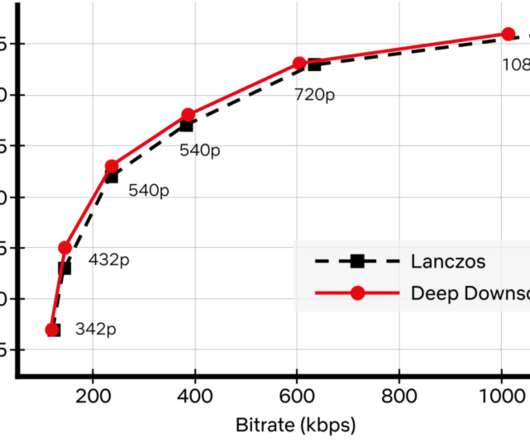

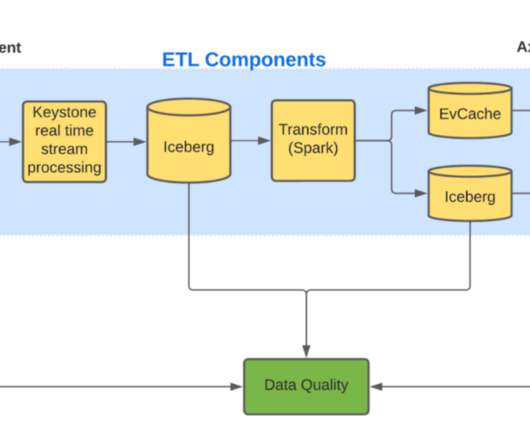


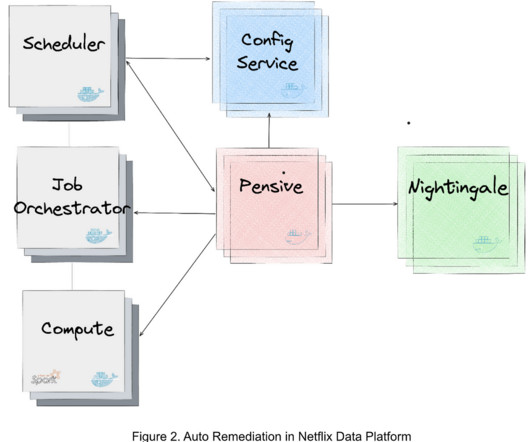

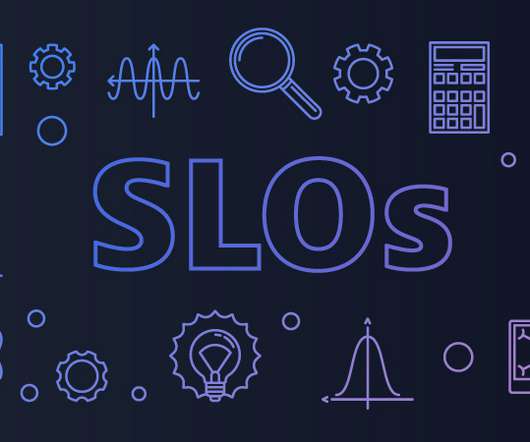



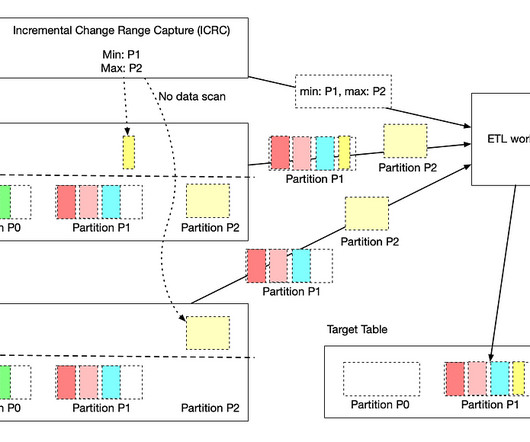





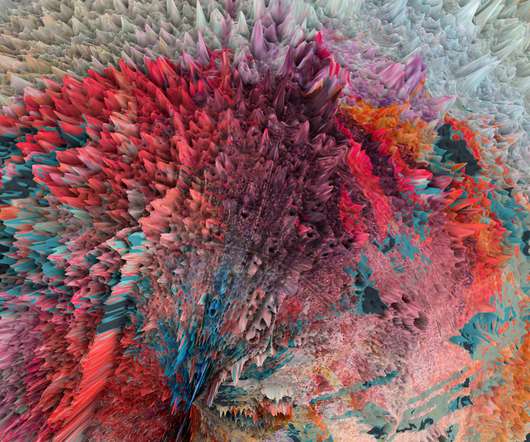












Let's personalize your content